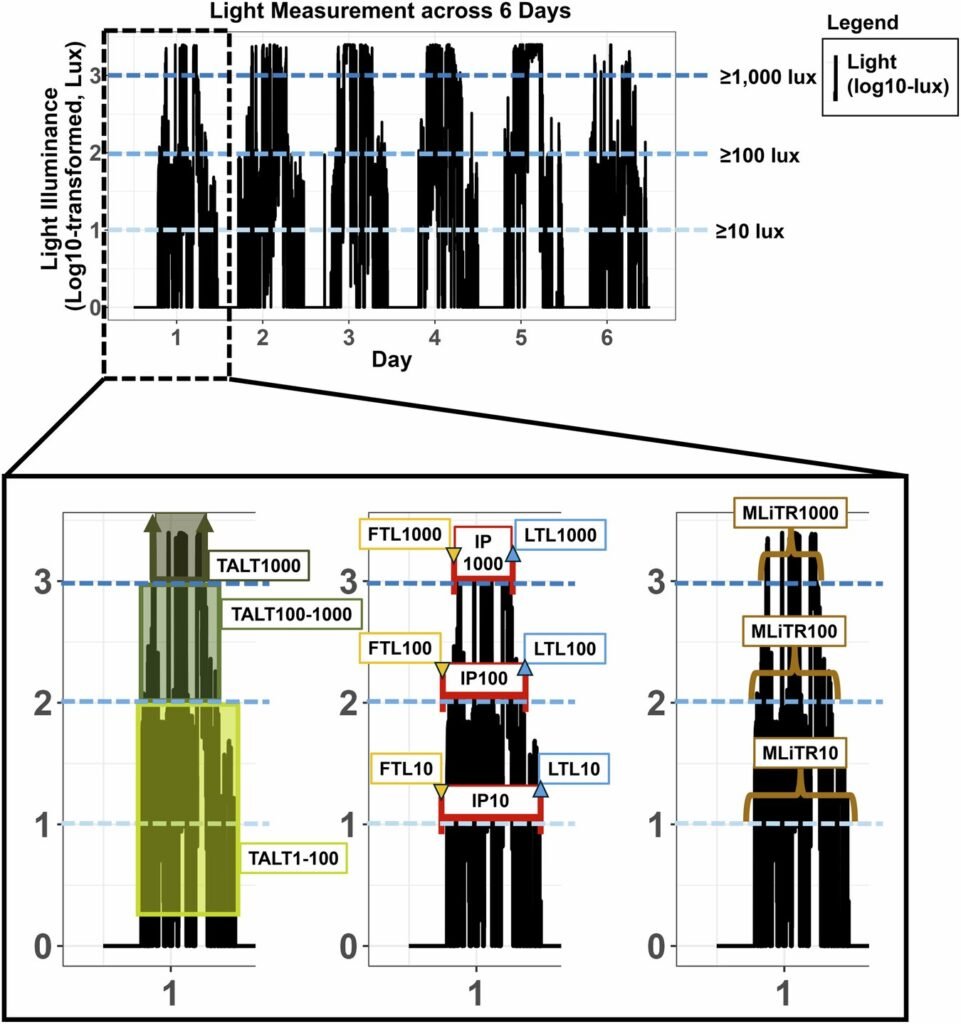Light Exposure: Sex-Based Differences Revealed in Recent Study
A recent study published in npj Biological Timing and Sleep has shed light on sex-based differences in exposure to light, with females receiving less bright light compared to males. Led by Danielle A. Wallace, MPH, Ph.D., from the Division of Sleep and Circadian Disorders at Brigham and Women’s Hospital, the research aimed to investigate the extent of these differences and their potential implications on health.
The Study Approach and Findings
The study analyzed data from 11,314 participants in the National Health and Nutrition Examination Survey, focusing on real-world light exposure patterns collected through wrist-worn devices. The results revealed that males spend approximately 52% more time in bright light than females, with this trend starting in childhood and persisting into adulthood. Additionally, females tended to have a later timing for their first daily exposure to bright light compared to males.
Further analysis indicated that occupational factors, particularly time spent outdoors during workdays, may contribute to the observed sex differences in light exposure. While the exact mechanisms behind these disparities require further investigation, the study suggests that activities and environments, both indoors and outdoors, play a significant role in shaping individual light exposure patterns.
Implications of Low Light Exposure
Although the study did not delve into the consequences of low light exposure, existing research highlights the importance of adequate light exposure for maintaining healthy circadian rhythms and overall well-being. Dim or low light exposure may lead to a weaker synchronization of the body’s internal clocks, potentially impacting sleep quality, mood, and other physiological functions. Furthermore, limited exposure to daylight, particularly bright light, could contribute to vitamin D deficiency and other health concerns.
Recommendations for Increasing Bright Light Exposure
To address potential deficiencies in bright light exposure, individuals are encouraged to incorporate the following strategies into their daily routines:
– Seek daylight exposure upon waking by spending time outdoors or near windows.
– Increase overall daylight exposure by engaging in outdoor activities and maximizing access to natural light.
– Enhance indoor environments to promote daylight access through design features such as reflective paints and ample windows.
Looking Ahead
Future research in this area should consider exploring how sex and gender differences influence responses to light exposure and related health outcomes. By incorporating light exposure history and considering diverse study populations, researchers can gain a deeper understanding of the factors shaping individual light exposure patterns and their implications for health.
In conclusion, the study’s findings highlight the importance of balanced light exposure for optimal health and well-being. By being mindful of our daily light exposure and incorporating strategies to increase bright light intake, individuals can support their circadian rhythms and overall health.


